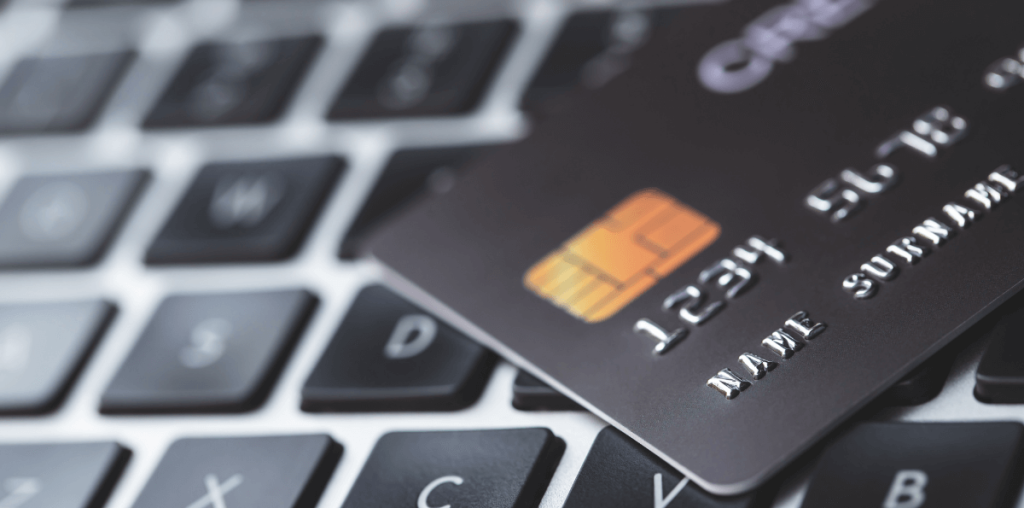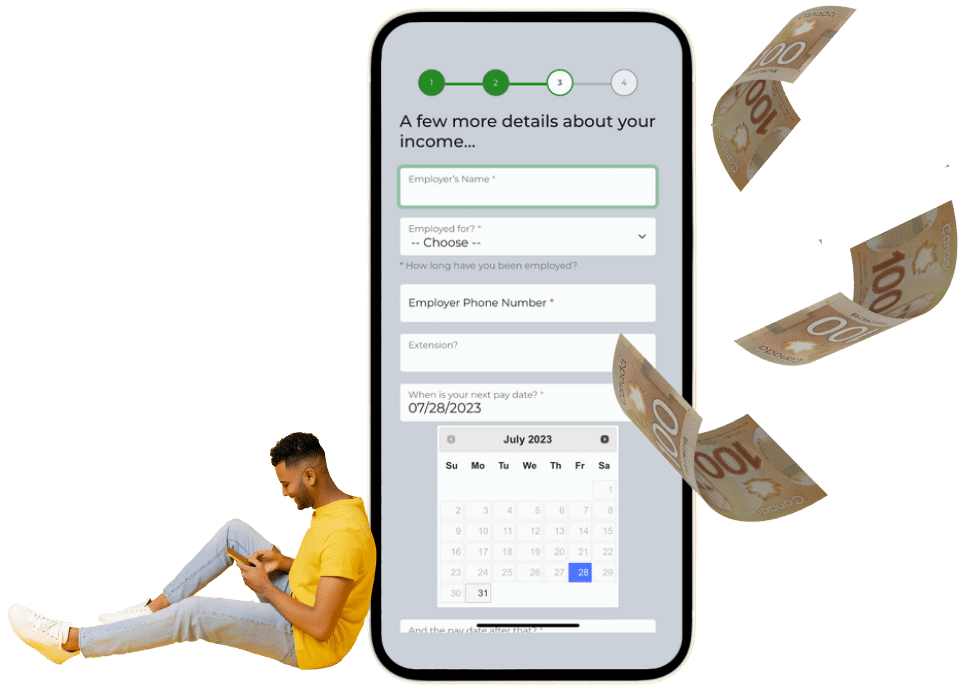Overview
Your credit utilization ratio represents the percentage of the total available credit that you’re using. You can calculate your credit utilization ratio in the following way: divide the amount you’ve spent by the total available amount and multiply the result by 100.
Ideally, you would keep your credit utilization ratio below 30% at all times. Keeping it low may positively impact your credit score. A low credit utilization ratio signals that you are less likely to be financially overburdened and are more likely to manage your expenses comfortably.
Need help covering urgent expenses? Apply for a personal loan online via Friendly Lender. We don’t check your credit score or credit report during the simple and fast online application process.
In this article, we will review five smart tips to help you lower your credit utilization ratio.
Tip #1: Keep Your Credit Card Balances Low
The lower your credit card balance is, the lower your credit utilization ratio is. There are many potential ways to keep your credit card balances low. Here are a few tips:
- Prioritize fixed expenses e.g. rent, mortgage payments, car insurance, home insurance, phone bill, etc.
- Reduce your frivolous spending e.g. buying coffee at large coffee chains, dining at restaurants, entertainment, unused subscriptions, etc.
Minimize your unnecessary spending and prioritize your fixed expenditures throughout the month to keep your credit card balances as low as possible, thereby positively impacting your credit score.
Tip #2: Ask for a Credit Limit Increase, Without Increasing Your Spending
Another way to lower your credit utilization is to request a credit limit increase from your bank. This usually can be done with a simple phone call, assuming you are eligible. Ask to increase your credit limit, but don’t increase your spending. Automatically, your spending then will amount to a smaller percentage of your available credit, thereby lowering your credit utilization ratio and potentially impacting your credit score in a positive way.
Tip #3: Make Micro Payments Throughout the Billing Cycle
If you’ve been paying the entire credit card balance at the end of each month, listen up! It’s much smarter to make micro payments on your credit card(s) throughout the billing cycle. This may help keep your credit card balances low. If you let the balance build and build and build until the end of the month, it will comprise a much larger percentage of your total available credit and therefore increase your credit utilization ratio.
Tip #4: Avoid Lifestyle Creep
Lifestyle creep is the phenomenon of increasing your spending when your income increases. For example, if you get a raise at work, you may be tempted to start spending more money on frivolous pleasures.
To achieve a better financial outcome, it’s key to avoid the so-called lifestyle creep. If your income increases, don’t increase your spending. Use your money wisely. Pay off debts, cover fixed expenses, and/or save more money. Keep your credit card balances low, even if you start making more money, to lower your credit utilization ratio. Keep it below 30% at all times, if possible. This may positively impact your credit score.
Tip #5: Lower Your Variable Expenses
Keep your variable expenses as low as possible. For example, brew your own coffee at home, cook your own meals at home, opt for more affordable/discounted groceries, shop at thrift stores, etc. These strategies may help you buy the most affordable items without sacrificing your quality of life. While fixed expenses are usually non-negotiable, you have a lot more room to experiment with your variable expenses and find ways to get the things you need for less or cut out the things you don’t need. Lower variable expenses may result in a lower credit utilization ratio as you’re spending less money overall.
Final Thoughts
Adhering to the above tips may help keep your credit utilization ratio low. These tips require long-term adherence and are not a quick fix.
If you need help covering urgent expenses, apply for a personal loan via Friendly Lender. We don’t check your credit score or credit report during the simple and quick online application process. You may have funds deposited into your bank account in as little as 24 hours!


